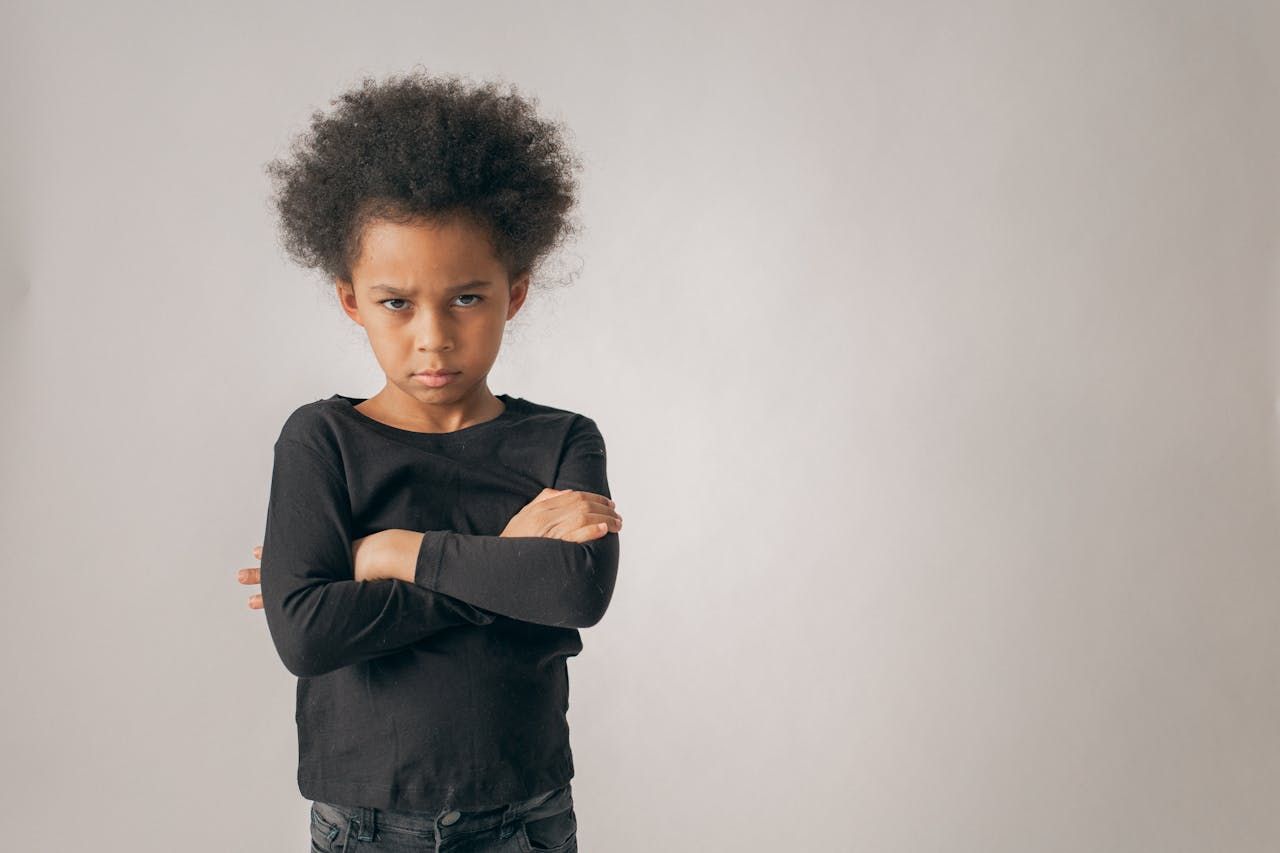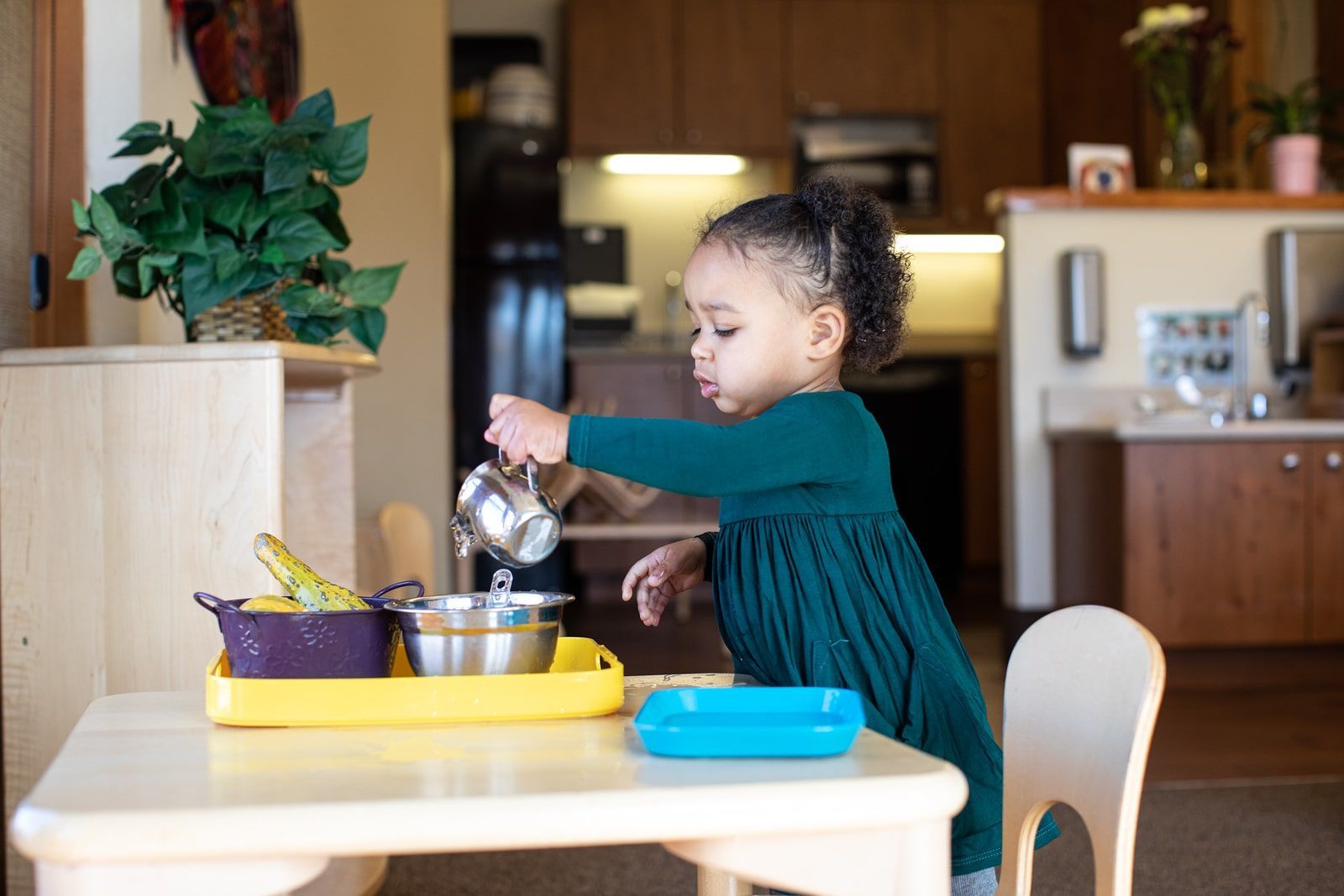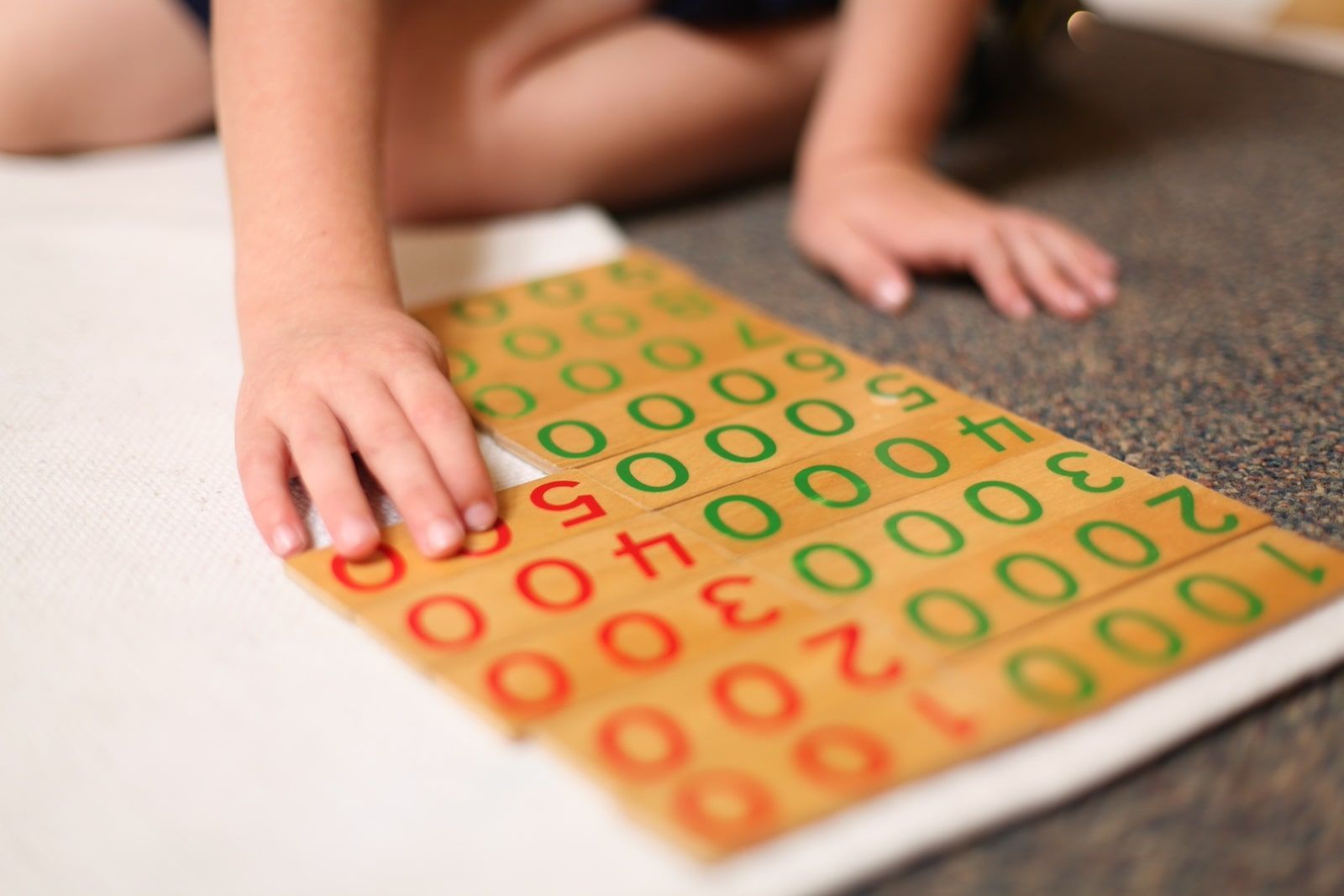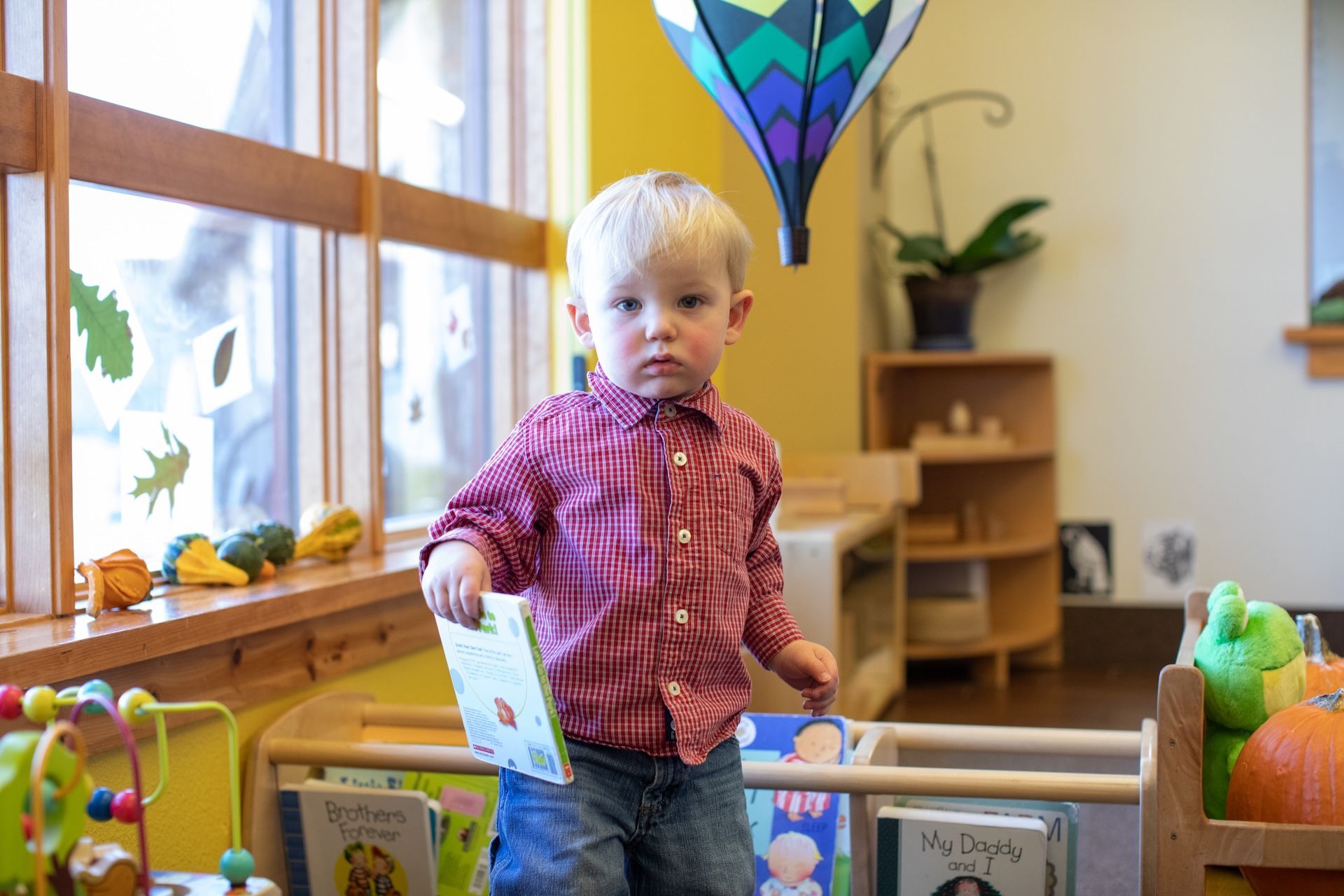Developing ‘Soft Skills’ Through the Zones of Regulation
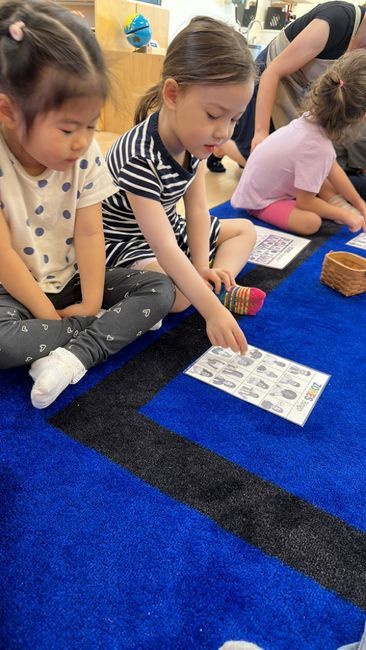
Educators all over the country are increasingly placing emphasis on teaching Social/Emotional Learning (SEL) skills, ‘soft skills’ that increase students’ likelihood of long-term overall success. According to Casel.org, for every dollar spent on early SEL skills, there is an $11 return. These skills translate directly to high academic achievement, more teacher satisfaction, and has a stronger correlation with school readiness than IQ or entry-level reading and math skills. Several curriculum methods exist to help teachers and schools implement SEL, and of these, about 15% of schools surveyed across the country use the Zones of Regulation (Hoffman & Asmundson). The Zones was developed by Leah Kuypers, who set out to find a better way for teachers and caregivers to support kids who she observed struggled with emotional regulation.
The Zones curriculum provides a way of naming and recognizing emotions, and removing the judgment traditionally associated with strong emotions. As a highly adaptable curriculum, implementation in classrooms can be individualized and interwoven throughout the day, as well as explicitly taught in a group setting. Within the curriculum, tools are given to learners to support regulation within each zone. Kuypers’ method draws theoretical and practical techniques from other mindfulness practices and cognitive behavioral therapy.
The four Zones of Regulation are:
- Blue Zone. Blue Zone is the lowest-energy Zone. It may be when you’re sleepy and ready for bed, or maybe lonely, sad or even bored. A ‘tool’ of support in the Blue Zone might be a snuggle or hug from a loved one if you’re feeling sad, or standing up and stretching as a way to get a little more energy pumping, if that’s what the moment requires.
- Green Zone. Green Zone consists of neutral feelings, and it’s a great one to be in when your goal is to learn, listen or process information. Green zone is calm, content, happy, or focused.
- Yellow Zone. Yellow Zone comes with higher energy levels — play dates are often in the Yellow Zone — and a person in the Yellow Zone might feel excited, fidgety, anxious, or frustrated. If the Zone becomes overwhelming, someone in the Yellow Zone might choose a tool to help them regulate. “Some Yellow Zone tools include taking deep breaths, using a fidget, positive self-talk, and connecting with someone for support,” Kuypers suggests.
- Red Zone. Red Zone is the most intense and heightened zone. It may be that a person in the Red Zone is elated, or terrified, or panicked. “Tools for the Red Zone help us gain a sense of control or stay safe and are calming. Deep breathing or physical activity like running or yoga can help,” she suggests.
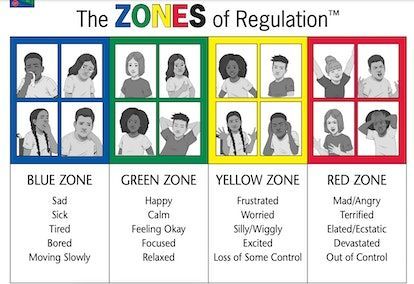
“We are trying to take the good and bad out of this and to help teach them: do you need to regulate that to be successful right now? If I’m angry in the red zone, I might need a tool. Or maybe not. Maybe I can be safe and manage my angry red zone” (Rake, 2023).
What is regulating? To regulate oneself means having the ability to step back from whatever emotion you’re experiencing, identify it, and manage it. Caregivers and teachers know that expecting a young child to regulate themselves, though, is often futile. That’s why the curriculum includes discussions of how adults and peers can help. The Zones of Regulation aims to give children simple vocabulary to help them learn regulation skills, particularly when the child is still too young to name their feelings.
Kuypers has found that when adults model and teach co-regulation, it benefits everyone within the environment. While it may sound challenging, using tools to name and manage strong emotions becomes easier with practice. It often happens that taking the first step, naming and recognizing feelings, takes away some of the intensity and makes it easier to take the next step towards regulation.

So how do parents support teachers and use the Zones at home? The Zones of Regulation website has many resources, including free reproducible materials, that are useful to help reinforce the curriculum at home (https://zonesofregulation.com). Another resource which may be useful to educators and parents is the Zones of Regulation Youtube chanel: https://www.youtube.com/channel/UCGM_E5PoVysIknJlrW0vaqA. Since the curriculum is adapted to fit the needs of those receiving it, how your child’s teacher uses the curriculum tools will depend on a variety of factors. Your role as a parent or caregiver may simply be to know what they mean when they say something like, “I’m in the red zone, can you help me?” Introducing the zones to your toddler or young preschooler may be as basic as using them yourself and modeling healthy emotional management techniques. For example, Kuypers shares that “sometimes I have to say to my kids, ‘mommy is so close to the red zone right now. I need to take a break to take care of myself’” (Rake, 2023). This modeling may seem basic, but showing this skill in a transparent way is the foundation of your child’s future success at doing it for themselves throughout their lives. The science overwhelmingly shows that when adults practice developing social/emotional skills to include their children, the whole family benefits.
Sources:
Rake, Miranda (2023).
What Are the Zones of Regulation?
https://www.romper.com/parenting/what-are-the-zones-of-regulation
“Collaborative for Academic, Social and Emotional Learning.” www.casel.org
Hofmann, S., Asmundson, G., (2013)
The Science of Cognitive Therapy. Behavior Therapy,
https://www.sciencedirect.com/science/article/abs/pii/


